CARING WITH FAMILY
|
| The level of affection a breed exhibits towards family members and other people they know well can vary. Some breeds tend to be highly affectionate and form strong bonds not only with their owner but also with other family members or individuals they are familiar with. These breeds often treat everyone they know as their best friend, showing enthusiasm, wagging their tails and seeking affection from anyone they encounter. |
LOVE WITH CHILDREN
Unwise
Good With Children
|
| The degree of tolerance and patience a breed exhibits towards children's behavior along with their overall family-friendly disposition is a crucial aspect to consider. It is important to supervise dogs whenever they are in the presence of young children or children of any age who have limited exposure to dogs. |
BEHAVIOR WITH DOGS
Unwise
Good With Other Dogs
|
| The general friendliness and compatibility of a breed towards other dogs can vary. It is recommended to always supervise interactions and introductions between dogs, regardless of the breed. However, some breeds do tend to be more inclined to get along with other dogs both within their home environment and in public settings. |
SHEDDING LEVELS & MANAGEMENT
No Shedding
Hair Everywhere
|
| The amount of fur or hair a breed leaves behind can vary. Breeds that have a high shedding tendency tend to leave more hair around the house, on furniture, and on clothing. These dogs typically require more frequent brushing to manage the shedding and to minimize loose hair around the living environment. It is worth noting that high shedding breeds may also be more likely to trigger allergies in individuals who are sensitive to pet dander. |
COAT GROOMING STANDARDS
|
| The grooming needs of a breed include bathing, brushing, trimming, and other forms of coat maintenance. It is important to consider your available time, patience, and budget when assessing the required grooming effort. Remember, regular nail trimming is necessary regardless of the breed. |
DROOLING INTENSITY
Less Likely to Drool
Always Have a Towel
|
| It's important to consider how prone a specific breed is to drooling. If you have a particular preference for cleanliness, dogs that have a tendency to leave trails of slobber on your arm or big wet stains on your attire may not be the ideal fit for you. |
COAT STYLES GUIDE |
| Double, Wavy |
| COAT SPECTRUM |
| Medium |
FRIENDLINESS
Reserved
Everyone Is My Best Friend
|
| Assess the likelihood of a breed being receptive to strangers. While certain breeds may exhibit reserved or cautious behavior towards unfamiliar individuals, irrespective of the environment other breeds will express delight in encountering new people whenever the opportunity presents itself! |
LIVELINESS
Only When You Want To Play
Non-Stop
|
| Evaluate the degree of playfulness a breed is likely to exhibit, even after the puppy stage. Some breeds will continue to enjoy activities such as tug-of-war or fetch throughout their adult years, while others will primarily seek relaxation and prefer spending time with you on the couch. |
VIGILANCE INTENSITY
What's Mine Is Yours
Vigilant
|
| Consider how prone a breed is to alerting you about the presence of strangers. These breeds are more inclined to react to potential threats, whether it's the mailman or a squirrel outside the window. Moreover, these breeds tend to become more receptive to strangers who enter the house and are accepted by their family. |
ADAPTATION CAPACITY
Lives For Routine
Highly Adaptable
|
| Assess a breed's adaptability to change encompassing modifications in living conditions, noise levels, weather fluctuations, daily schedules and other shifts encountered in their day-to-day life. |
OBEDIENCE LEVEL
Self-Willed
Eager to Please
|
| Discover the remarkable ease with which you can effectively train your beloved canine companion, and witness their unparalleled enthusiasm for acquiring new knowledge. Certain breeds exhibit an innate desire to bring joy to their owners exemplifying impressive willingness to learn. Conversely, there are those breeds that lean towards pursuing their own desires, choosing to follow their instincts without restraint or limitations. |
STAMINA LEVEL
|
| Understanding the level of physical activity and mental engagement required by different breeds is essential. High-energy breeds exhibit an unchallenged enthusiasm, always eager to embark on their next thrilling expedition. Their days are filled with a flurry of running, jumping and engaging in spirited play. On the other hand, low-energy breeds can be likened to contented couch potatoes finding solace in relaxing and dozing off for extended periods of time. |
VOCALIZATION
|
| Medium |
LEARNING CURIOSITY LEVEL
Happy to Lounge
Needs a Job or Activity
|
| Providing adequate mental stimulation is crucial to ensure the happiness and overall wellbeing of a breed. Purpose-bred dogs, possessing traits geared towards specific tasks, thrive when presented with opportunities that involve decision-making, problem-solving, concentration and similar qualities. Without sufficient mental exercise they might resort to creating their own endeavors to keep their minds occupied. However, these self-created projects may not align with your preferences or expectations. |
| COLORS |
|
Description
|
Registration Code
|
|
Red
|
140
|
|
Brown
|
061
|
|
| PATTERNS |
|
Description
|
Registration Code
|
|
Black Points
|
019
|
|
White Markings
|
014
|
|
Ticked
|
013
|
|
Patched & Ticked
|
068
|
|



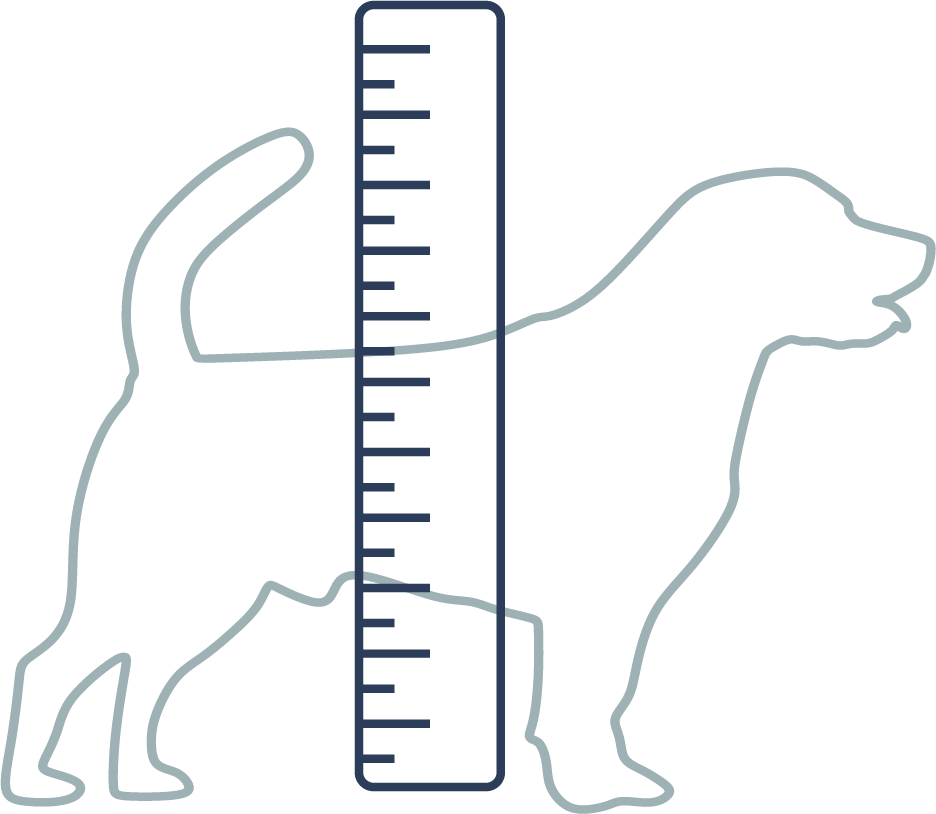


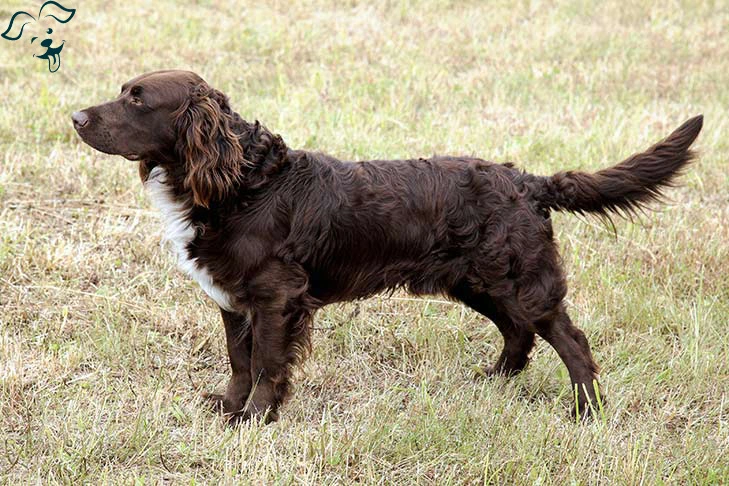
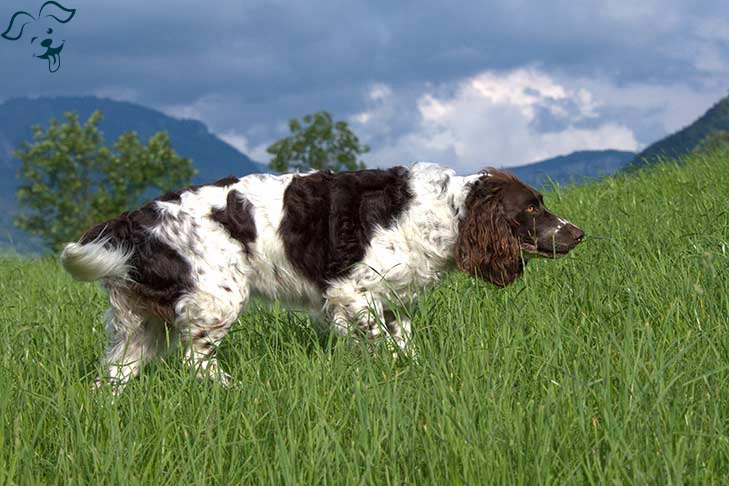
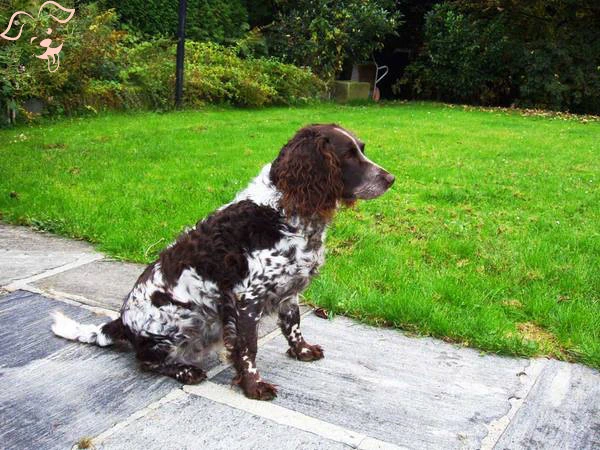
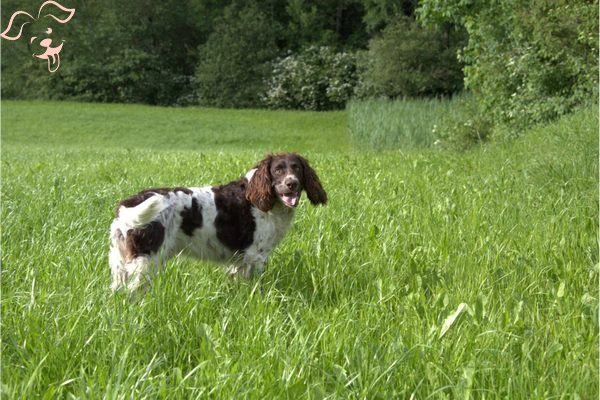






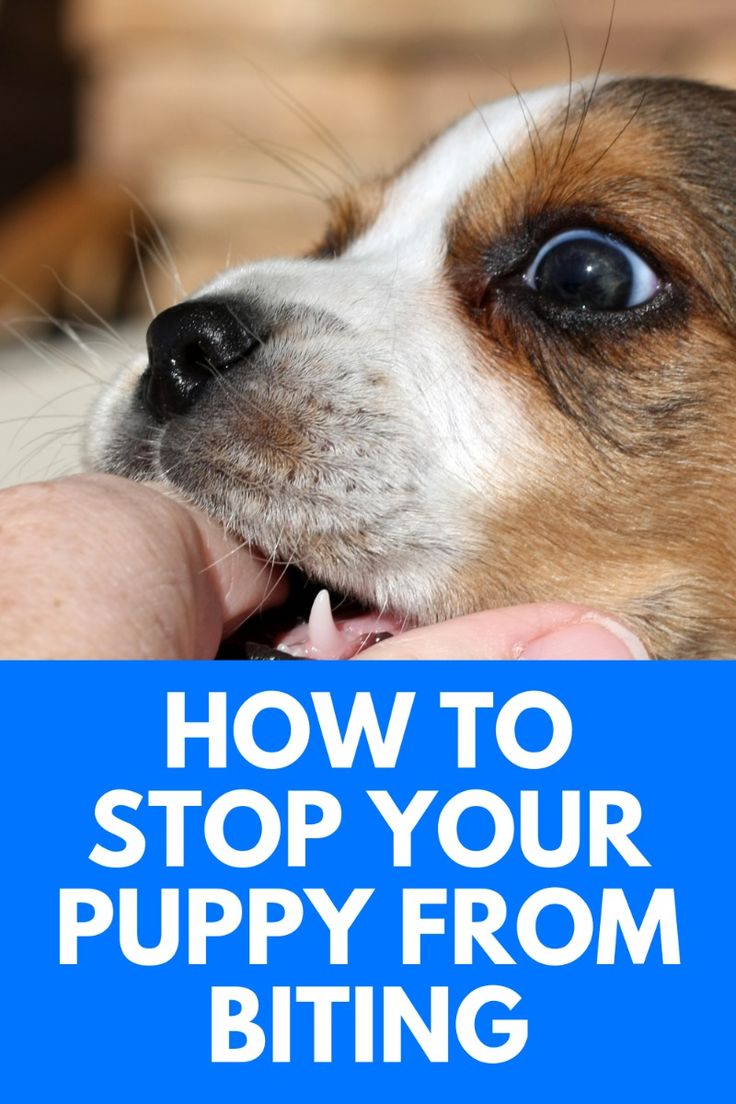
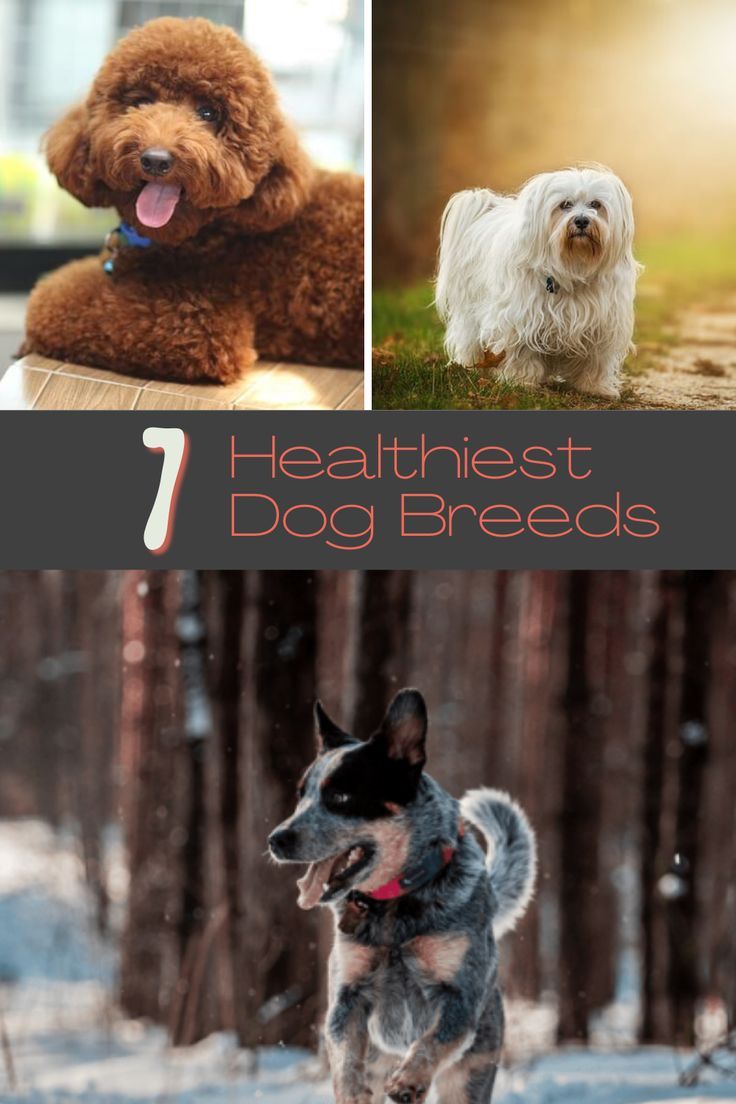

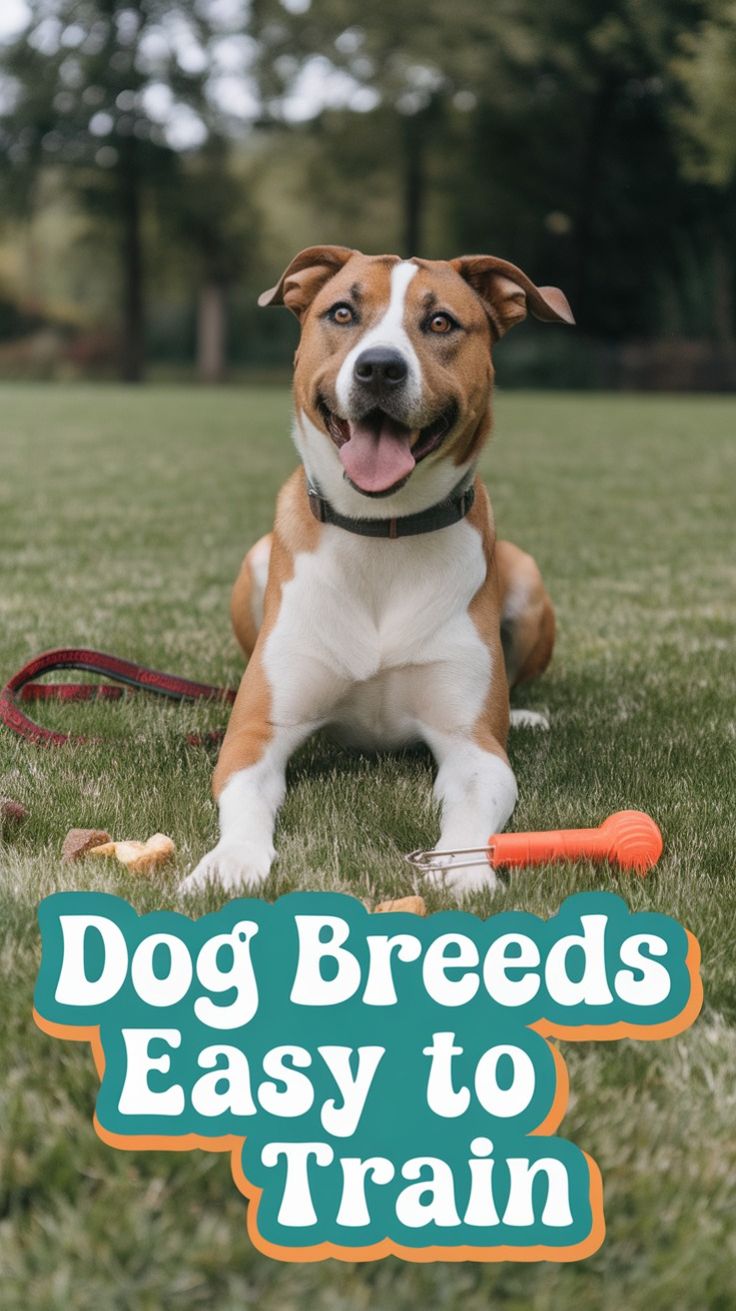
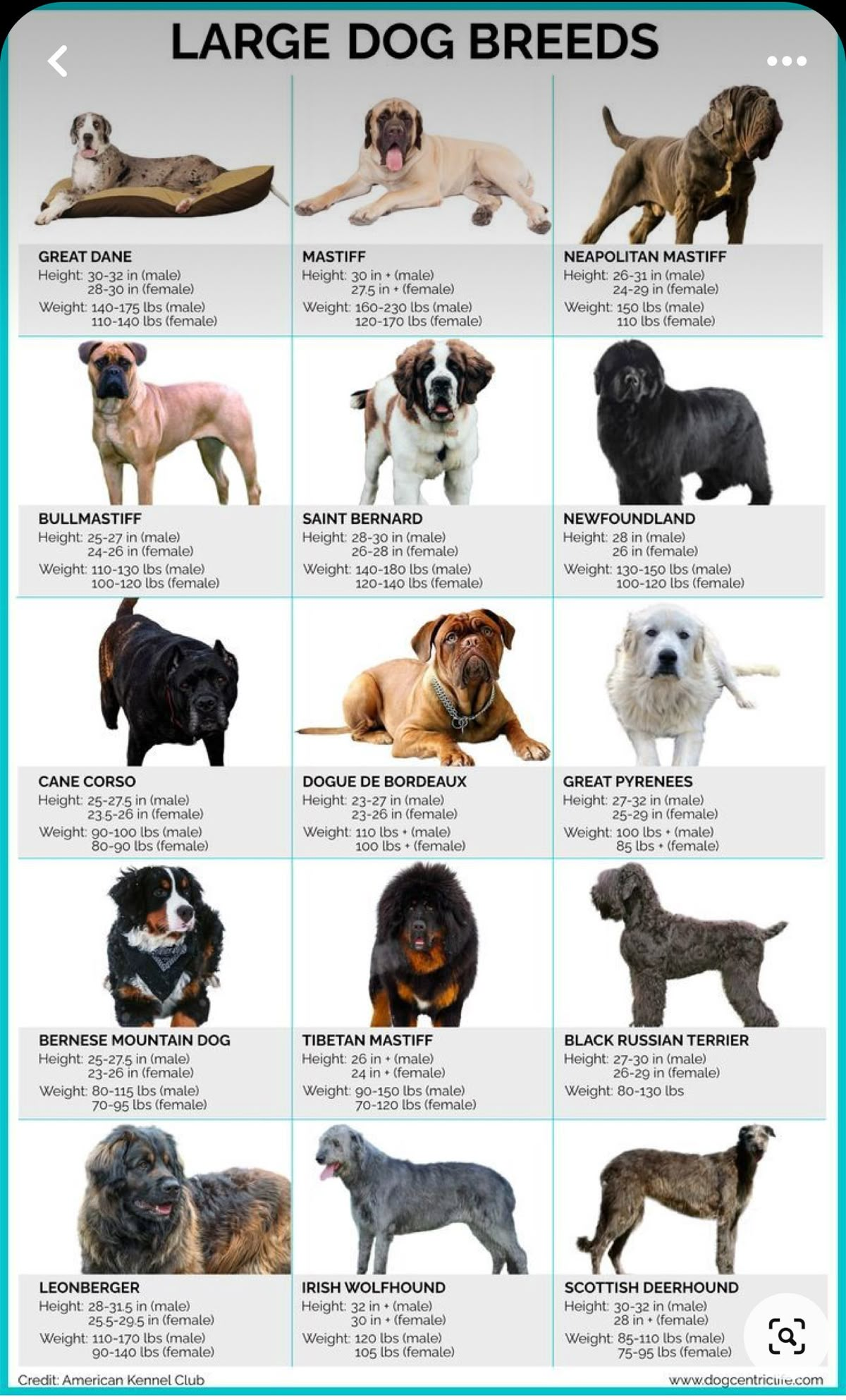

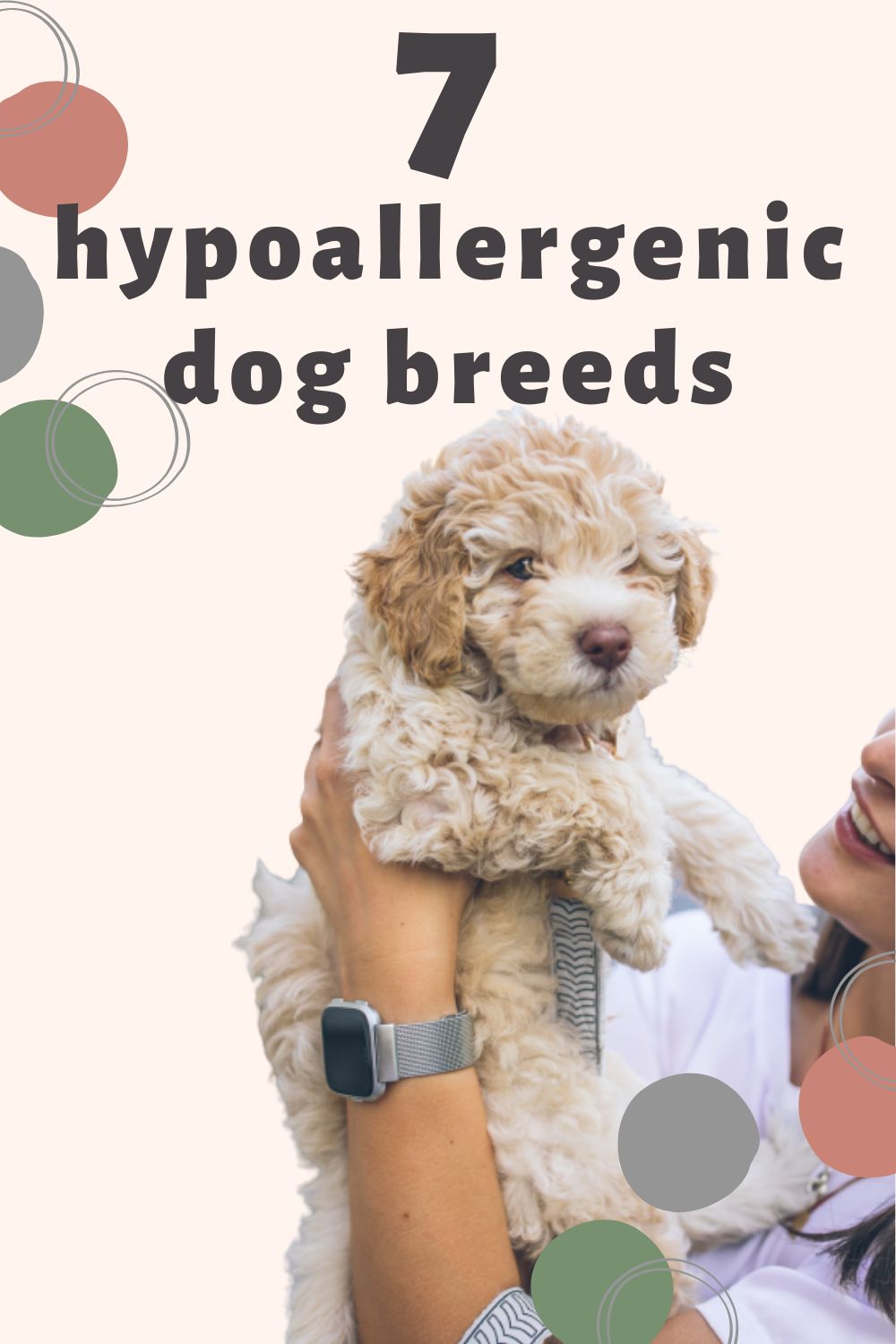
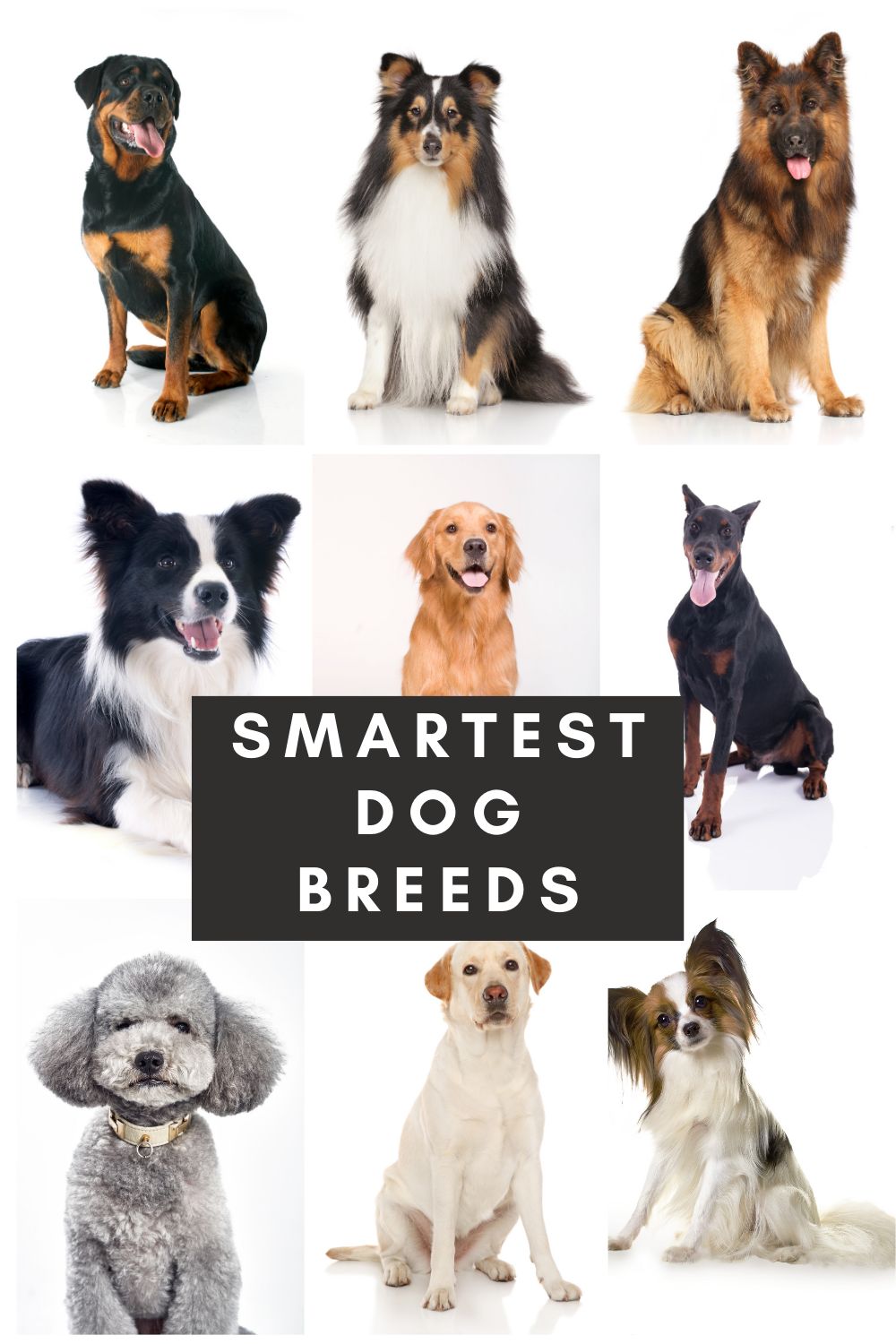
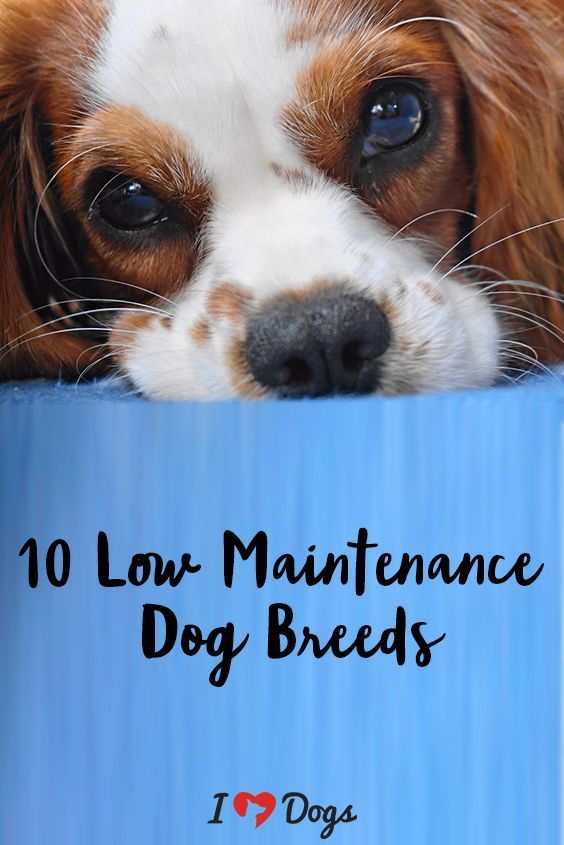
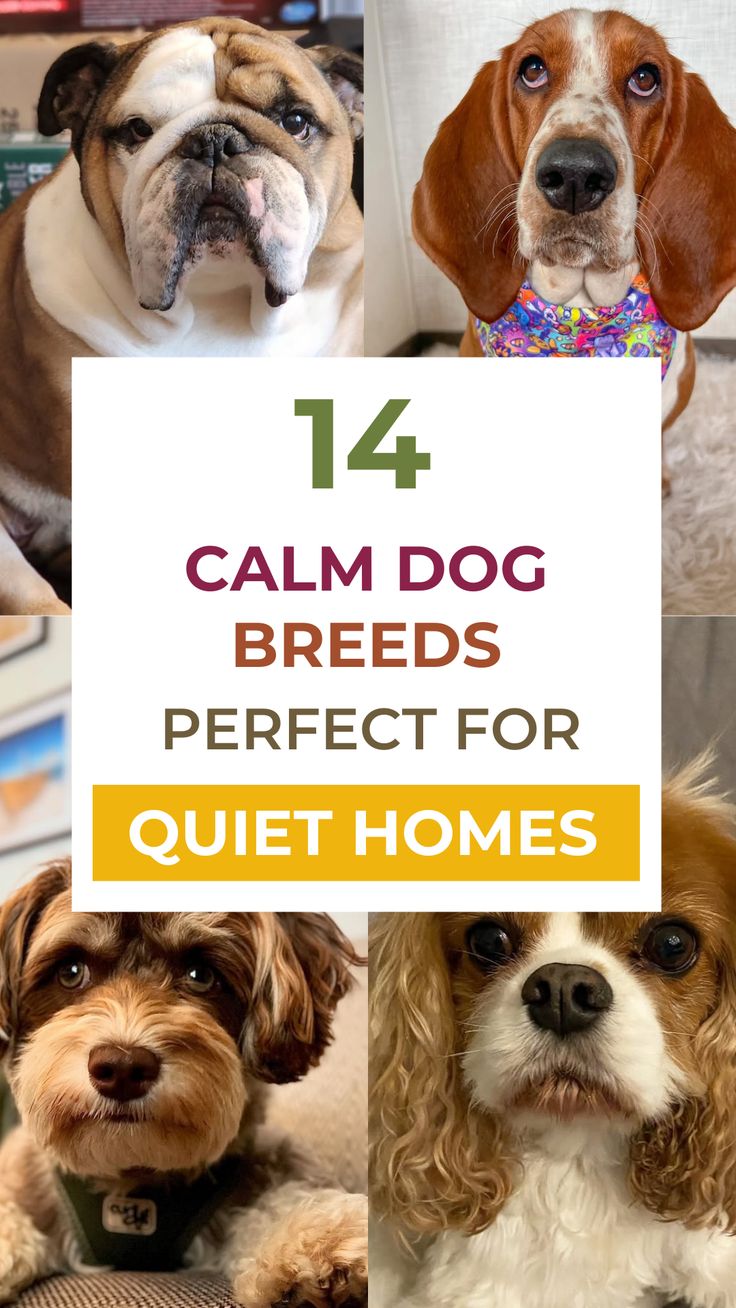

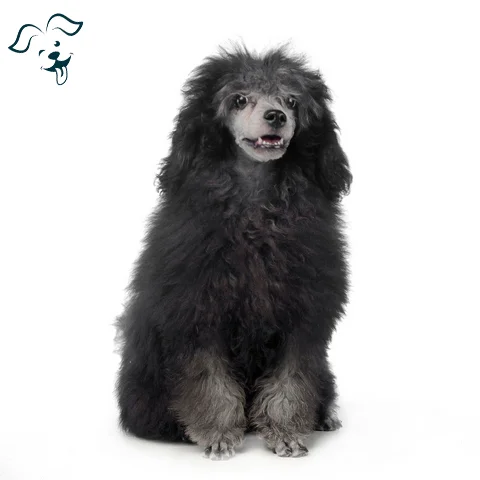
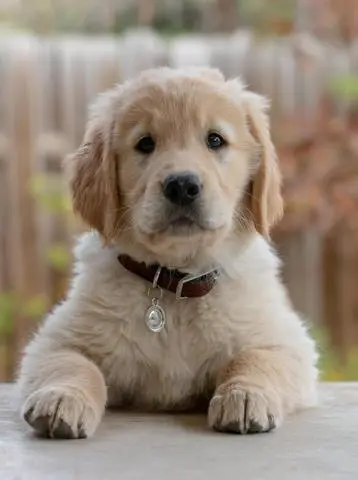
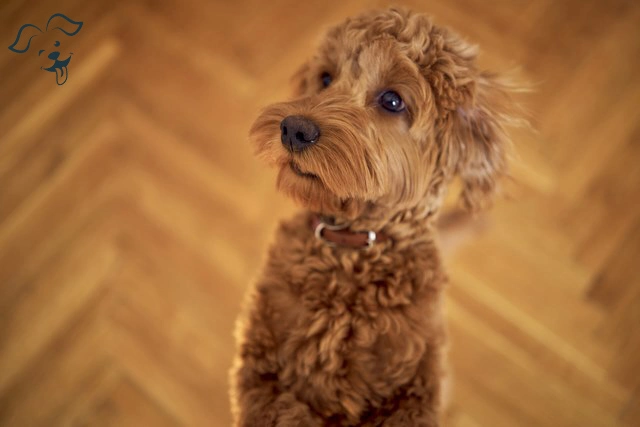
FRIENDLINESS
LIVELINESS
VIGILANCE INTENSITY
ADAPTATION CAPACITY